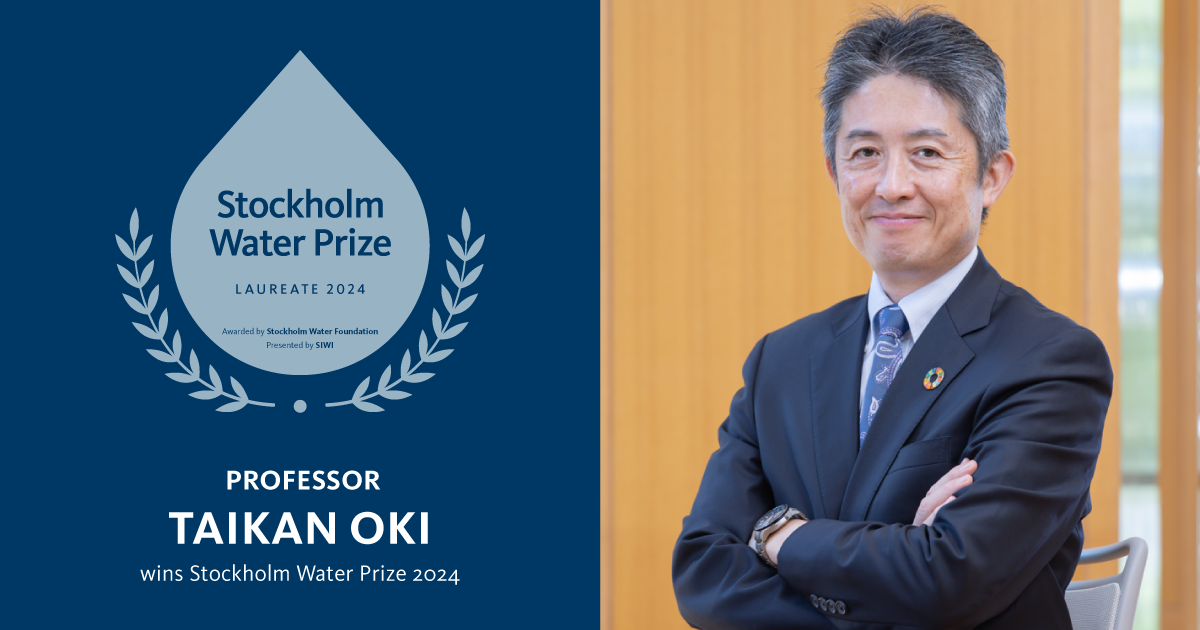Nano Membrane Toilet is Flush with Funding
Nano Membrane Toilet is Flush with Funding
A “nano membrane toilet” designed by a team of scientists at Cranfield (England) University has received yet another round of major funding from the Bill & Melinda Gates Foundation (Seattle). The toilet was created in response to the foundation’s challenge to design an inexpensive toilet that could easily be used in the developing world, said Alison Parker, one of the team’s scientists from the Cranfield Water Science Institute. The additional funding will help the team further develop components in the toilet as well as a business model.
“Funding from the Bill & Melinda Gates Foundation will support our research teams in water, energy, and design to tackle the considerable challenge of turning the laboratory prototype Nano Membrane Toilet into a product for the marketplace,” Parker said in a Cranfield University news release.
Handling waste while generating heat and electricity
The toilet, designed for single-unit households of up to 10 people, accepts urine and feces as a mixture, according to the release. It is meant to be used in developing countries, especially in areas that don’t have access to sewer systems, Parker said.
The nano membrane toilet uses “a waterless flush,” which is a rotating mechanism that “drops the waste into a holding tank whilst simultaneously blocking odor and the user’s view of the waste,” the news release says. As solids settle to the bottom of the tank, liquids float on top. A mechanical screw transports the solids out of the tank into a combustor that transforms the solids into ash.
As an added bonus, the heat generated by the nano toilet’s combustor can be converted into electricity and used to power the toilet. Any residual energy can charge other devices, such as mobile phones or other low-voltage items.
Liquids “pass over a weir in the holding chamber and into the membrane bundle,” according to the release. “The unique nanostructure membrane allows clean water to be extracted from the waste, which can subsequently be used in the household for washing or watering plants.”
The membrane needs to be changed once every 3 months, and the tank should be emptied out whenever needed, Parker said. Because of these maintenance needs, the toilet is more suitable for urban areas than remote, isolated villages, she said.
From concept to implementation
Parker said the team hasn’t done full-scale testing of the nano membrane toilet yet, but they are testing some of the components. In 2014, the team conducted first-phase testing of the toilet in Ghana and surveyed potential users there to get feedback on the toilet’s design and usefulness, according to the nano membrane toilet website.
The team conducting user surveys discovered that “people seemed very open to most of the concepts around the toilet,” according to the website. In addition to being useful for cleaning, as at-home water tap metering becomes more commonplace, reusing water saves money.
Related Areas
Latest News
Join or Renew Your WEF Membership Today
Connect with our community of water professionals who ensure that our local communities have access to clean water that protects public health. Explore our member benefits and find the membership type that’s right for you.


